Outside Experts Give Design Fellows Advice to Move Research Ideas to Action
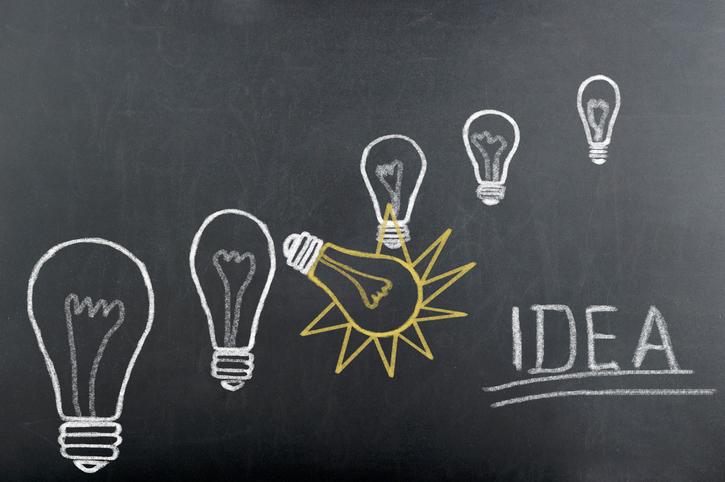
For social science to help tackle problems in society that affect millions of people, researchers need to do more than translate research findings after they’re published. At the start of our design fellows’ presentations last month, Stanford Impact Labs’ director of innovation and partnerships, Karli Stander, said “our work must be rooted in a commitment to partnership and grounded by the needs of those in the public, private, and civic sectors.”
The Stanford Impact Labs Design Fellowship is a year-long program to provide that foundation. Faculty from across the university are eligible for $50,000 and a year of workshops and one-and-one support from our professional staff to conceptualize how to build new research-practice partnerships.
Last month, eleven faculty members who participated in the 2021-2022 program shared their ideas in progress with outside panelists from think tanks and government, private philanthropy and venture capital, tech start-ups, and community and advocacy organizations. Those panelists offered direct feedback, questions, and advice on how to turn research ideas into action with new partners. Among the highlights: focus on practical use; make sure partners drive research questions and the approach; and keep sharing powerful personal motivations behind public impact work.
Design Fellows Share Ideas on Policy Reform, Education, Gender, and Migration
This year, our eleven design fellows focused on health policy reform and school choice; gender representation in governance and new tools for postpartum care; school interventions to reduce the harms from racial stress and childhood trauma; and migration policies and programs.
They shared their ideas for future research-practice partnerships in four sessions, with outside practitioners, policymakers, and issue experts joining each session:
Decision-Making & Policy Change
Reduce infectious disease in California prisons and jails - Jeremy Goldhaber-Fiebert
Optimize school choice in Chile - Claudia Allende Santa Cruz
Panelists:
Richard Sedlmayr, The Agency Fund
Esteban Sosnik, Reach Capital
Gregory Elacqua, Inter-American Development Bank
Marko Mijic, California Health and Human Services
Blaire Bryant, National Association of Counties
Gender Equity in Governance & Health
Personalized healthcare for new mothers at risk of anxiety and depression in Sweden - Petra Persson
Representation of women in Indian parliamentary politics - Soledad Prillaman and Saad Gulzar
Panelists:
Angellica Aribam, Femme First Foundation
Devaki Singh, Centre for Catalyzing Change
Rakesh Rajani, Co-Impact
Sarah Nicholson, Baby Scripts
Wendy Davis, Postpartum Support International
Educational Equity
Early education tools to support children who have experienced trauma - Rebecca Silverman
Promoting well-being, mental health, and resilience to racism among Black adolescents - Farzana Saleem
Panelists:
Silindra McRay, African American Achievement & Leadership Initiative at San Francisco Unified School District
Chaniel Williams, Collective Impact
Meera Mani, The David and Lucile Packard Foundation
Vickie Ramos Harris, Advancement Project
Philip Fisher, Graduate School of Education, Stanford University
Migration
Seasonal migration programs, policies, and impact - Melanie Morten
Increasing legal representation for asylum seekers and capturing oral histories - Ana Raquel Minian
Panelists:
Nicole Ramos, Al Otro Lado
Mimi Tsankov, National Association of Immigration Judges
Greg Kepferle, Catholic Charities of Santa Clara County
Marissa Tirona, Grantmakers Concerned with Immigrants and Refugees
Kathleen Newland, Migration Policy Institute
Jenna Jaffe, U.S. House of Representatives
Joe Martinez, CIERTO
Daniel Gonzales, Open Society Foundations
Panelists participated in their individual capacities rather than on behalf of any particular organization or institution.
The sessions model the kind of engagement Stanford Impact Labs believes is needed to build research partnerships capable of making progress on persistent social problems in society—and inform design fellows’ next steps.
Advice from panelists
Outside panelists provided questions, feedback, and advice for the design fellows, including specific recommendations of relevant research, organizations, and individuals who could inform their next steps. Panelists also raised some common themes across the sessions:
- Thumbs up for putting theoretical concepts into practical, policy perspectives. One panelist who spent decades in government said, “God love you academics, but you don’t usually think about the work from a policy perspective.” It’s really helpful, he said, to see these sessions take theoretical concepts and put them into practice. “More academics need to do that.” Other panelists cautioned fellows to recognize that data and evidence alone might not be enough to break through on some of the most politically polarized issues.
- Make space for others to inform your research agenda and questions. Other panelists pressed the design fellows to be sure they were open to having their own research agendas or questions challenged by people outside of academia. They underscored the need to ensure that individuals in affected communities care about the questions being asked, shape the approach, and are part of the shared learning.
- Be creative about how to engage those closest to the issues. Panelists in the session on education encouraged the design fellows to think creatively about how to keep students at the center of the design process. One panelist said, “Often we create things for them without consulting them.” She said there could be incentives for students to engage and those incentives don’t have to be money. For example, leadership roles or fellowships for students who participate could become part of students’ college applications or resumes to show they were involved in the design and learning of a particular study. The Stanford name, she said, could be particularly powerful in helping students meet a financial or academic need. And, she said, it’s the students who will have the best ideas for reaching their peers.
- Think about group dynamics, not just one-to-one relationships—especially with new technology tools. The panelists encouraged design fellows working on new technology tools to think about not just the one-to-one relationships of a new tool to an individual, but also how groups of women, families, policymakers, or practitioners might come together and interact with new tools or affect the outcomes.
- Keep sharing personal motivations behind your public impact work. Panelists praised design fellows for sharing their own personal experiences and motivations behind their public impact work. “That you are willing to share it,” said one panelists, “is really important to acknowledge. Too often, especially in academic settings, it’s kept in the background. But it’s deeply personal and important.”
Reflections from Stanford Impact Labs’ Design Fellows
Following all of the presentation sessions, the design fellows gathered one last time to share their own thoughts on the value of the Stanford Impact Labs Design Fellowship. They said the year-long program helped them:
- Think more broadly about scale and impact because they were designing, pivoting, and learning with partners outside the university.
- Open their eyes to different approaches for research partnerships and impact, instead of getting caught up in frustrations with limitations common in university settings.
- Focus on practical next steps instead of high-level and sometimes abstract ideas.
- Feel energized with new ideas after speaking with public, private, and civic leaders working on the issues—including during the presentation day sessions at the end of the design fellowship.
- Benefit from knowledge of scholars across the university who were part of the cohort of design fellows.
Each of the design fellows will take the ideas and energy from the year with them as they figure out their next steps, which could include collaborating with new partners or colleagues from other disciplines or applying for Stanford Impact Labs' next funding round. If you or someone you know has interest or advice in the work outlined here, please contact Sarah Hopwood who can connect you with the fellows so your insights can also help put social science to work for society.
To date, Stanford Impact Labs has supported 38 design fellows from across the university. Design fellow applications for the 2022 - 2023 year are under review.
Design Fellowship Presentations
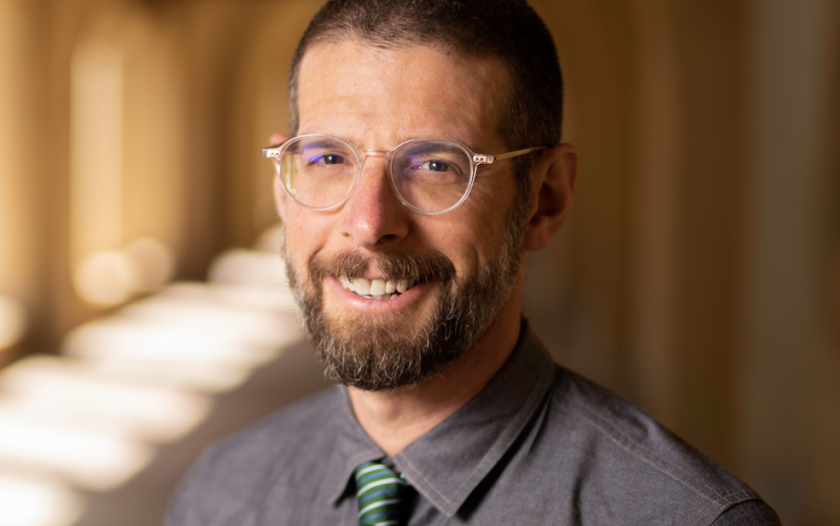
Reduce infectious disease in California prisons and jails
Design Fellow: Jeremy Goldhaber-Fiebert, School of Medicine
Why it matters: Nearly half of all households in the United States have at least one family member that has been incarcerated. These households are three times more likely to report poor health than the general population. Individuals are more likely to arrive in prisons and jails with preexisting medical conditions and are more likely to develop medical conditions while incarcerated. In turn, this affects their families and communities, and the communities where prisons and jails are located.
Approach: Work with partners in the California Department of Corrections and Rehabilitation to develop risk scores that identify highest-risk individuals and better target prevention resources. COVID-19 refocused California’s Department of Corrections and Rehabilitation and the Stanford Health Justice Coalition on how to identify and respond to the spread of viral disease in prisons and local communities. The team hopes insights from the COVID-19 pandemic shape tools to respond to hepatitis, tuberculosis, and mental health issues.

Optimize school choice in Chile
Design Fellow: Claudia Allende Santa Cruz, Graduate School of Business
Why it matters: Increasing social mobility requires better investment in human capital—including through high-quality education. Yet low-income families in Chile are less likely to choose high performing schools in their neighborhoods, even when the schools are free and admission chances are determined by a lottery.
Approach: Work with partners in the government and private sector to develop new technology tools to provide families better, timely information to improve students’ education decisions.
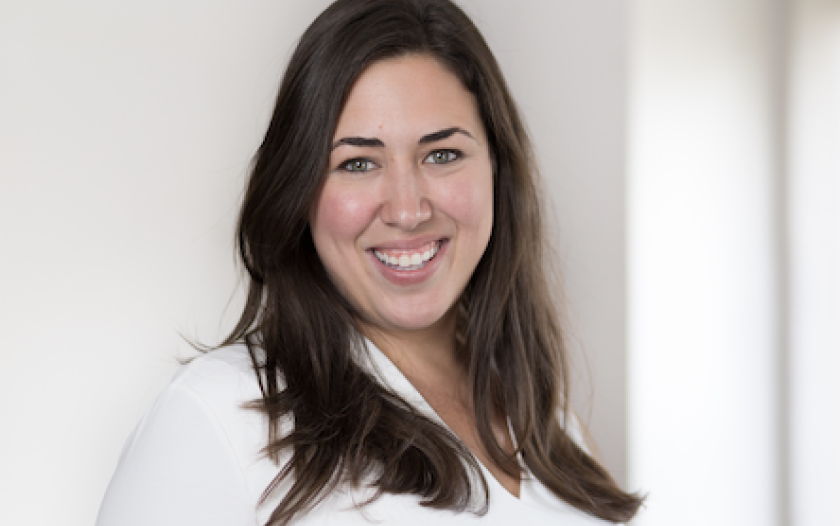
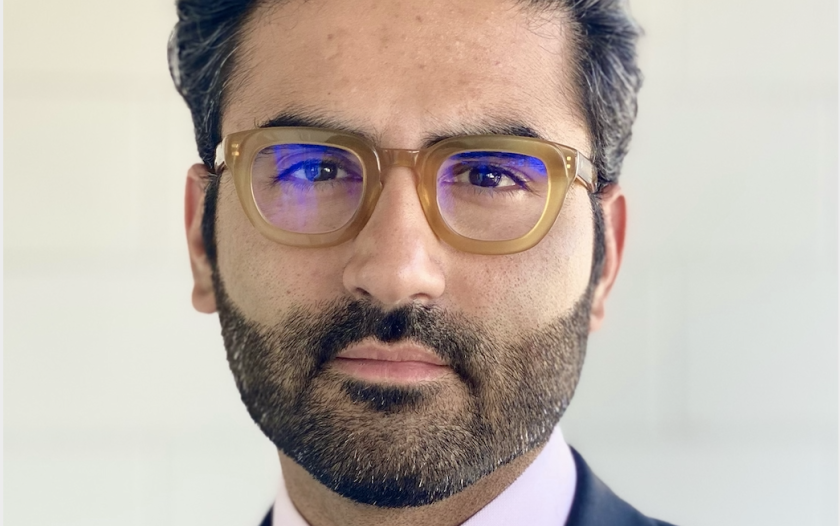
Representation of women in Indian parliamentary politics
Design Fellows: Soledad Prillaman and Saad Gulzar, Department of Political Science
Why it matters: More than 130 countries have policies to increase women’s political representation, including as part of country commitments to achieve the Sustainable Development Goals. Most policies focus on gender representation or presence, rather than voice or influence. Small financial saving groups for women in India have created space for political discussion, but have not increased access to policymakers. Bringing these groups of women together with elected women officials could ensure their demands and interests are represented in the political sphere.
Approach: Conduct a rigorous survey of barriers, opportunities, and avenues for women's political engagement. Work with partners to create, pilot, and test approaches to connect female citizens with female representatives.
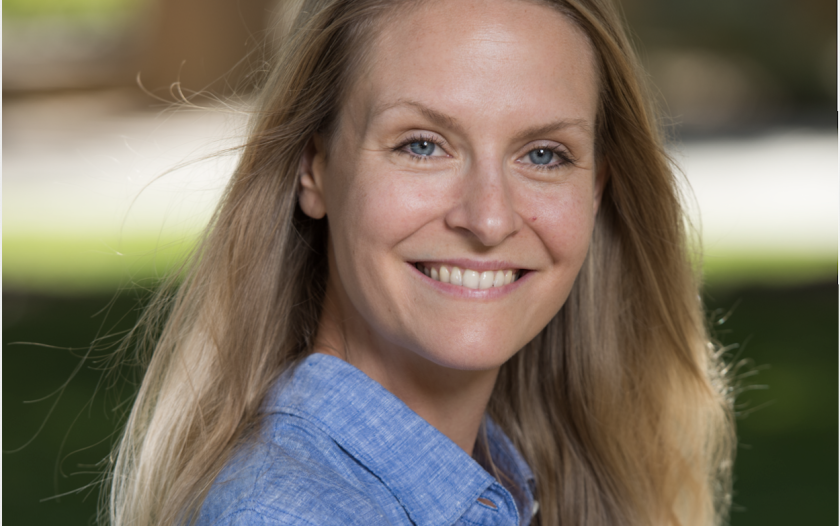
Personalized healthcare for new mothers at risk of anxiety and depression in Sweden
Design Fellow: Petra Persson, Department of Economics
Why it matters: Both in Sweden and in the United States, one in five new mothers is at risk of postpartum depression or anxiety. Postpartum depression and anxiety has vast private and social costs for mothers, families, their communities, the labor market, and the health care system. Mothers are most at risk of developing depression and anxiety in the first six weeks after childbirth, however, health visits during that time traditionally focus on care of the newborn rather than the mother.
Approach: Work with a midwife and IT developer to design and pilot an app to provide continuous and personalized healthcare support to new moms in Sweden, with a special focus on screening for postpartum anxiety and depression. The team will conduct a large evaluation of the long-term costs and benefits of the app to inform whether and how it might be integrated into Sweden's standard government health care package.
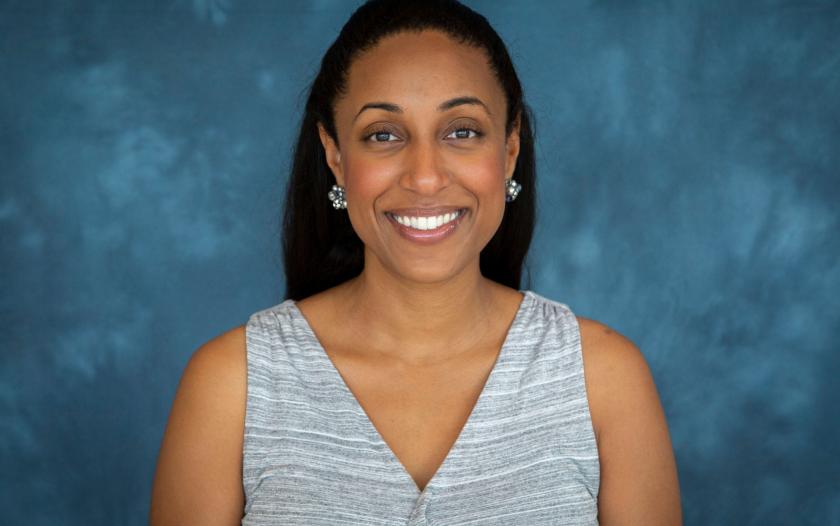
Promoting well-being, mental health, and resilience to racism among Black adolescents
Design Fellow: Farzana Saleem, Graduate School of Education
Why it matters: Racism is pervasive and undermines the mental health and well-being of youth of color. A recent study found African American adolescents report an average of five encounters with racial discrimination per day—affecting depression and anxiety, learning, identity, and sense of belonging.
Approach: The team piloted an approach in Washington State at two sites. In small, weekly, facilitated group sessions, students develop the skills to name, resist, and respond to racial discrimination and trauma. The approach with students, school partners, and facilitators aims to build the strengths of individuals to promote resilience and well-being.
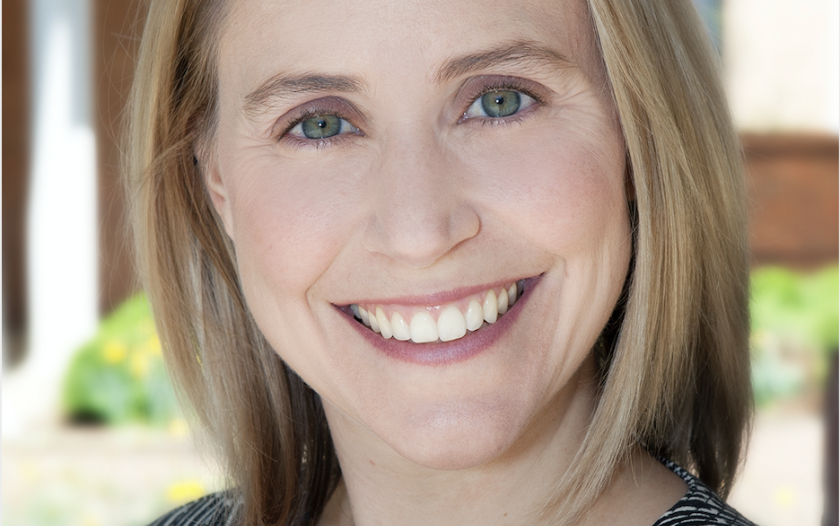
Early education tools to support children who have experienced trauma
Design Fellow: Rebecca Silverman, Graduate School of Education
Why it matters: Low-income Black, Hispanic and Latino children have higher risk of abuse, neglect, household poverty and trauma. These adverse childhood experiences affect their learning, graduation rates, future earnings, and health. High-quality early childhood education can help—but the children who need it most often don’t have access to it, and their teachers need better tools to support them.
Approach: In partnership with Sesame Workshop, The Primary School in East Palo Alto, and Public Prep in New York, the team will develop a curriculum that combines social emotional skills and literacy (think: Elmo belly breathing and using books, vocabulary, questions, and activities to talk about angry emotions). The team is working with teachers to pilot, test, and adapt the digital curriculum and make it available to teachers, students and families in other school districts.
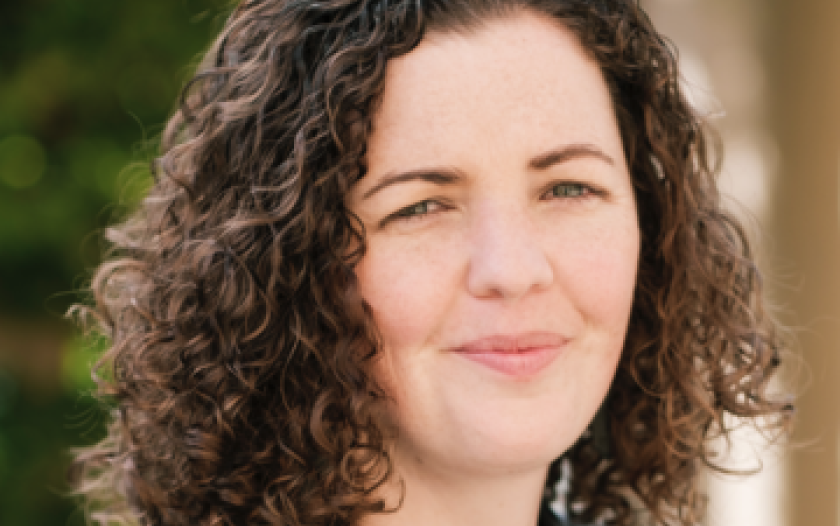
Seasonal migration programs, policies, and impact
Design Fellow: Melanie Morten
Why it matters: Legal, seasonal migration is a global phenomenon and often politically polarizing. The United States, Canada, New Zealand, Australia, and Europe all have programs that allow people to work for six to seven months as guest workers and then return home. This kind of program has seen dramatic expansion in the last ten years—from 75,000 guest worker visas in the United States in 2011 to more than 315,000 today. There is an increasing desire to understand what works well in these programs, what doesn’t, and the impact for migrants, their families, and host-country economies to better inform policies and politics.
Approach: Together with the Stanford Poverty and Governance Lab, work with employers in Washington State to conduct the first-ever impact evaluation of the H-2A guest worker visa program. It would compare outcomes for people who obtain visas and those who stay behind to understand the impact on migrants; impact on family members in Oaxaca, Mexico; and outcomes in the United States. These may include questions about the impact on individual poverty, working conditions, communities in Mexico, crime or violence, human capital, local opportunities, food security in the United States, and livelihoods for US employers who rely on farm-worker labor.
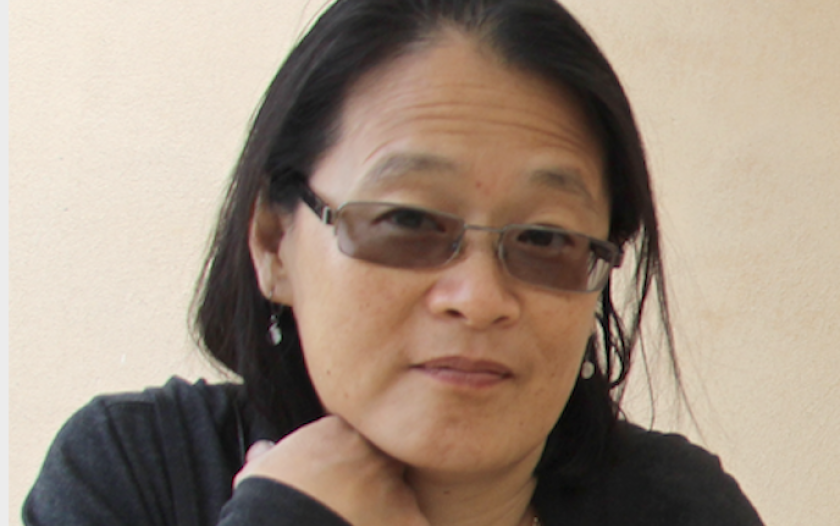
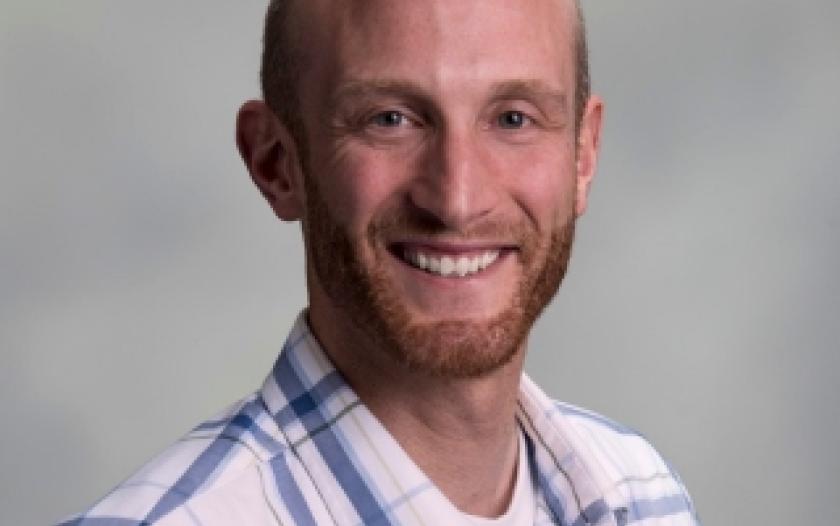
Coordinating care for children separated from their families at the US border
Design Fellows: Ewen Wang and Ryan Matlow, School of Medicine
Why it matters: In recent years, an increasing number of children seeking protection and asylum have arrived at the US border without an adult, or have been separated from their families at the border. Many have experienced trauma in their home country, during the journey, or at the border. The health, legal, and social support they need is fragmented, hard to reach, or in some cases, non-existent.
Approach: The team is working with service providers and immigrant community organizations in the Bay Area to design a single point of contact to coordinate health, dental, mental health, educational, and other support for the children in ways that reduce the risk of further trauma.
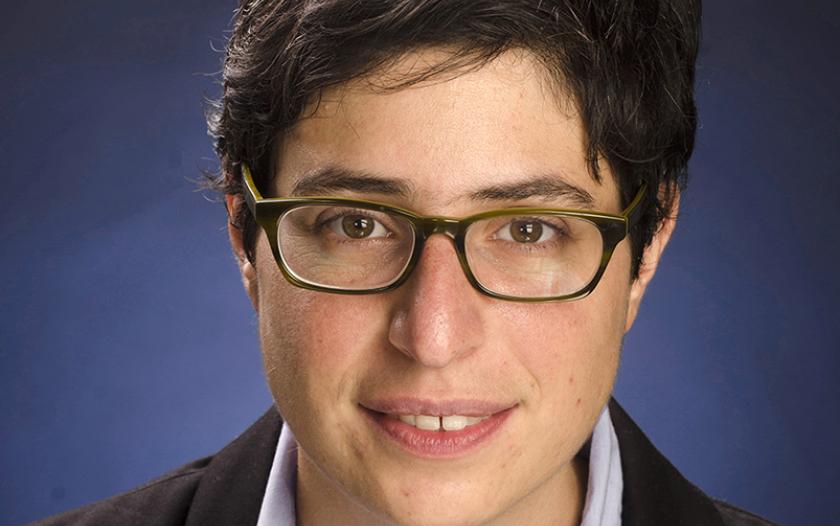
Enhancing legal representation for asylum seekers and capturing oral histories
Design Fellow: Ana Raquel Minian, History Department
Why it matters: Refugees flee dire conditions and often arrive at the border without legal representation and have minimal chances of securing legal asylum. Without a lawyer, only ten percent of asylum seekers are successful; with a lawyer, that number goes up to fifty percent. To succeed, applicants also need expert witnesses, scholars, and professors who know the issues of a country and why the individual is fleeing—all of which is hard for asylum seekers and their legal representatives to gather.
Approach: Develop an impact lab to help asylum seekers and their legal representatives access expert witness testimony and other support. The team aims to build a database of experts and record oral histories of asylum seekers. They will collaborate with refugee rights advocacy organizations to shape their approach, provide research support, and potentially inform advocacy efforts, legislative policies, or programs.
